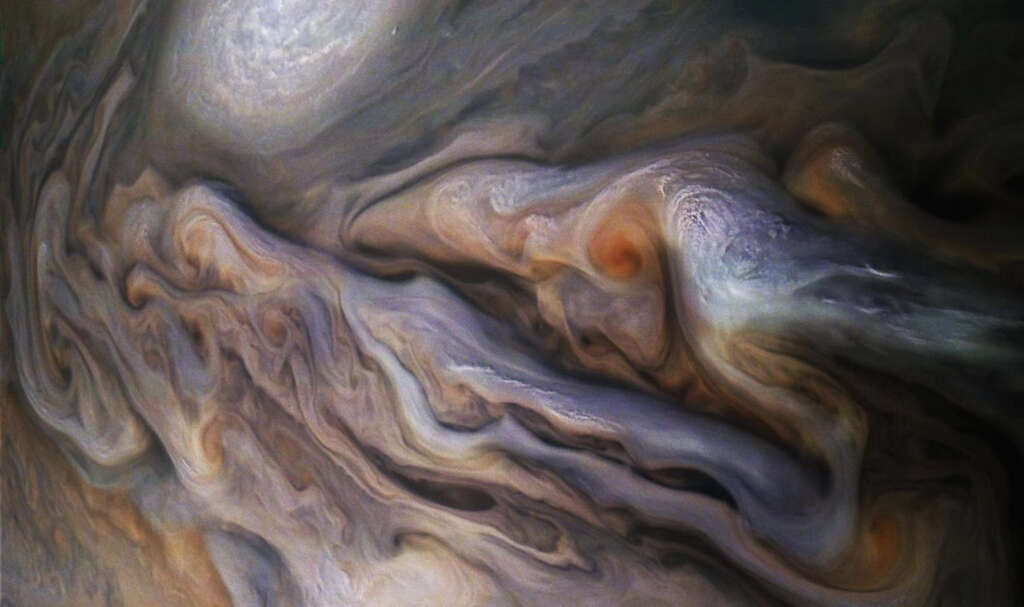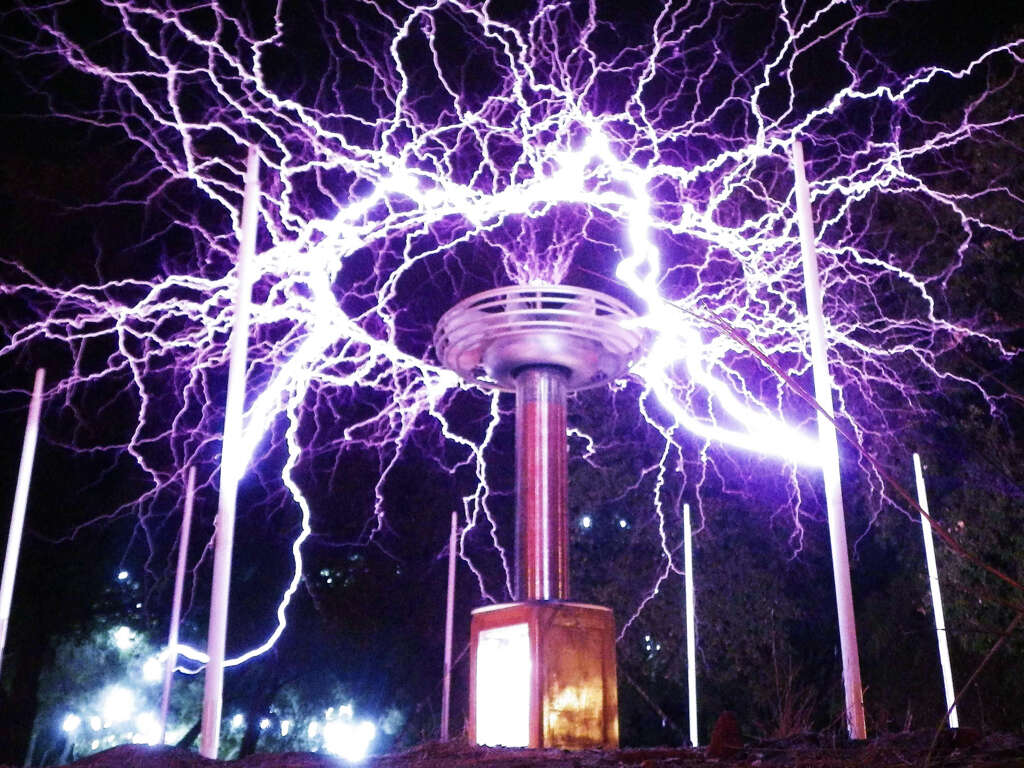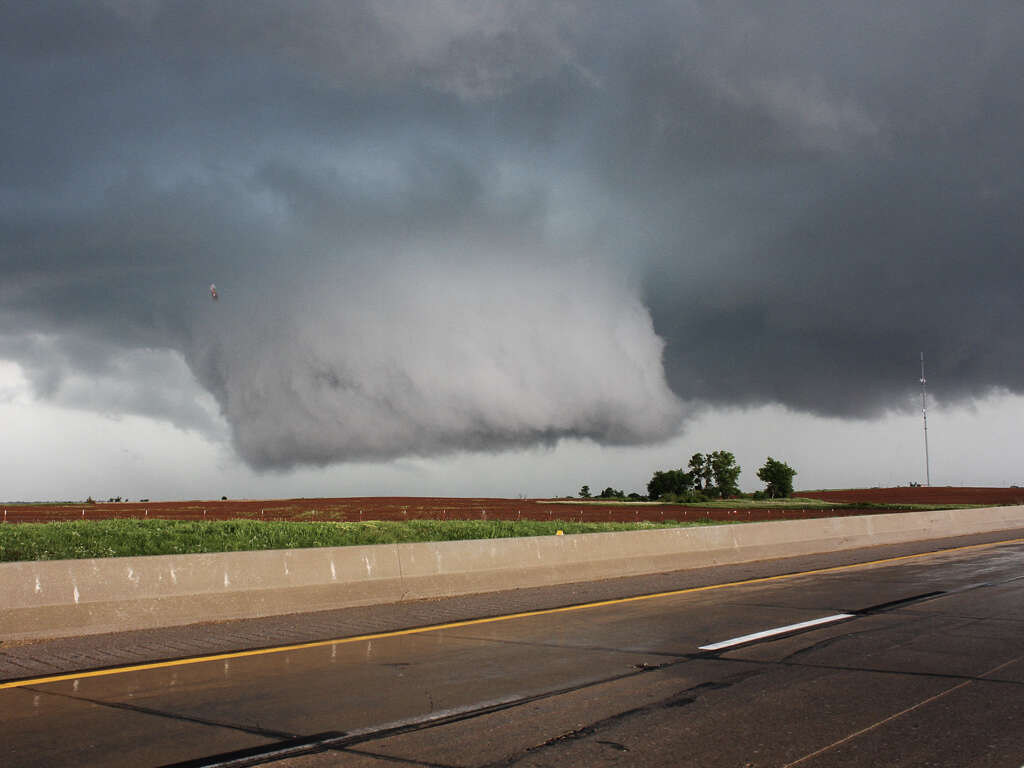What Are Clouds Made Of?
Clouds are found pretty much anywhere on the planet. Even all but the driest of places on Earth will experience clouds at some point of the year, often bringing much needed rain. There are also different types of cloud and they will form according to the conditions at the time.
It is not uncommon for us to look up in the skies and we might even try and look for shapes in the clouds above. It might sometimes make you wonder just what they are made of, and this article will help explain that and also answer some other questions people might have.
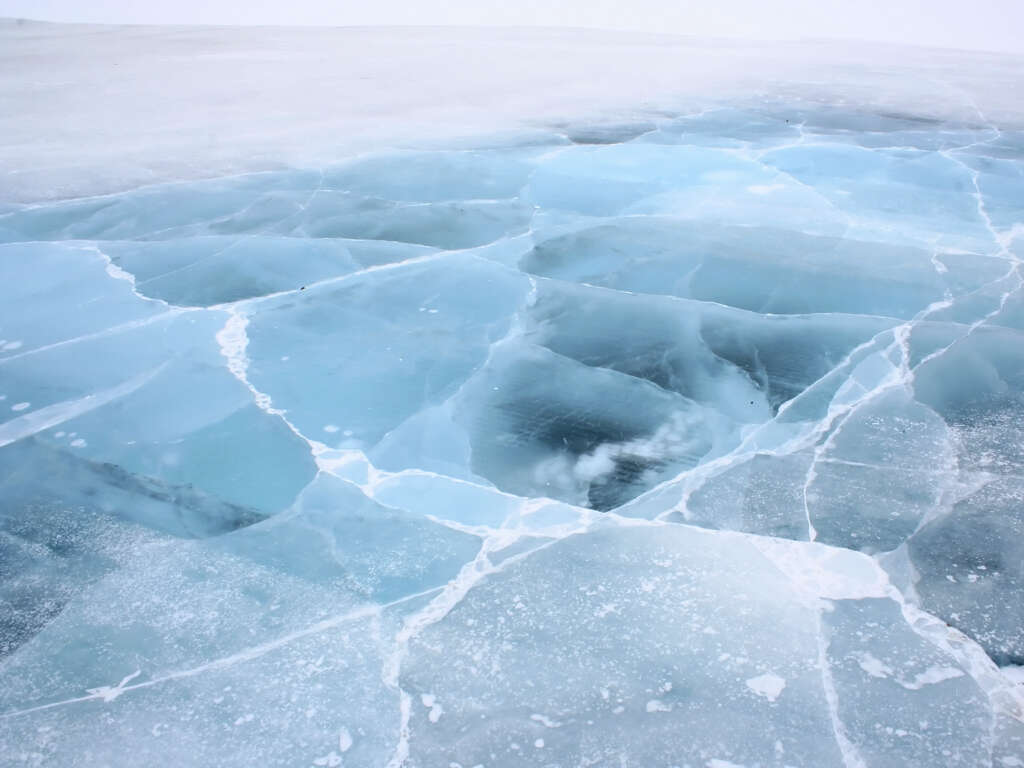
1. Water
Most clouds in Earths skies are made from water. It gets there through evaporation as the heat from the sun heats up the water on the surface. When it reaches a certain height, the water condenses and, under the right conditions, it will remain suspended in the air. For a while at least. When the conditions are right, you can sometimes see clouds expanding in size. Take a distant storm cloud in its infancy, for example, and you will see the cloud get visibly larger as more water rises and then condenses. While the sight of clouds can ruin the day for a lot of people, it can also be a blessing for many others.
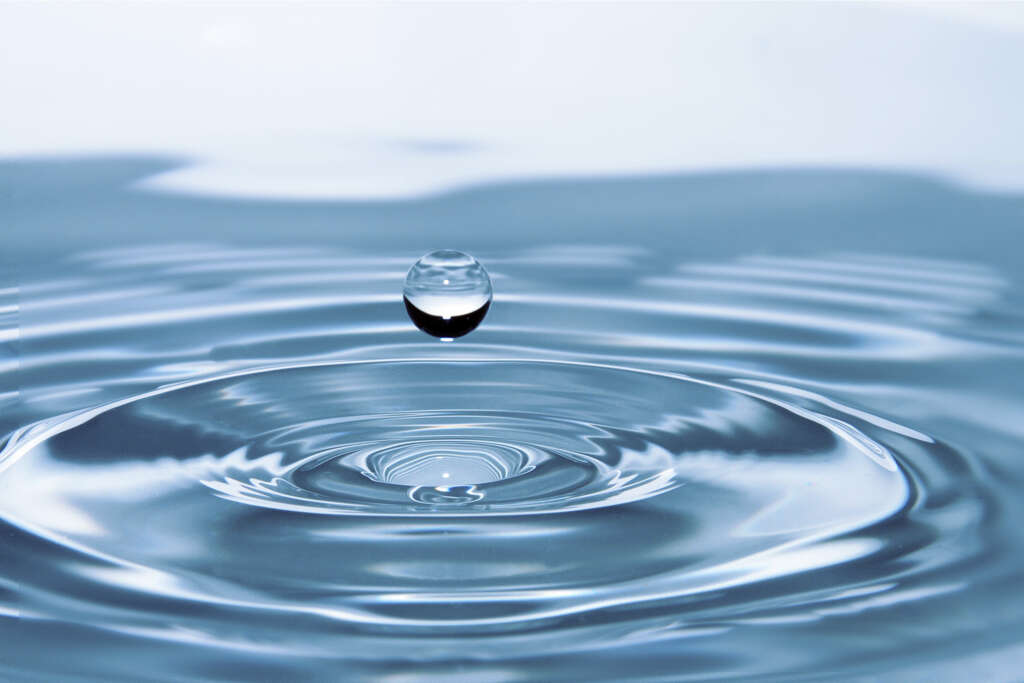
2. Ice
Not all clouds are made of liquid water. On some days, you will be able to see what is known as cirrus clouds. These clouds are found high up in the atmosphere and are formed when water vapor is deposited in tiny particles and then form into ice crystals. These clouds are easily blown apart by strong winds.
When this happens, the clouds will begin to break up and spread out, resulting in the wispy appearance of the clouds. These clouds are formed when relatively dry, warm air is able to rise all the way to the higher levels of our atmosphere.

3. Rain
When you see certain types of clouds, you know that rain is usually not far away. Just looking up into the sky can be enough to tell you that it is time to get the laundry in. Rain occurs because, as is well known, what goes up, must come back down again. As rain accumulates in clouds in the atmosphere, the droplets will gradually grow larger until they fall back down to earth under the influence of gravity.
The technical term for this is precipitation and it is an essential part of our planets water cycle. It allows parts of the world to get water that would otherwise remain dry.
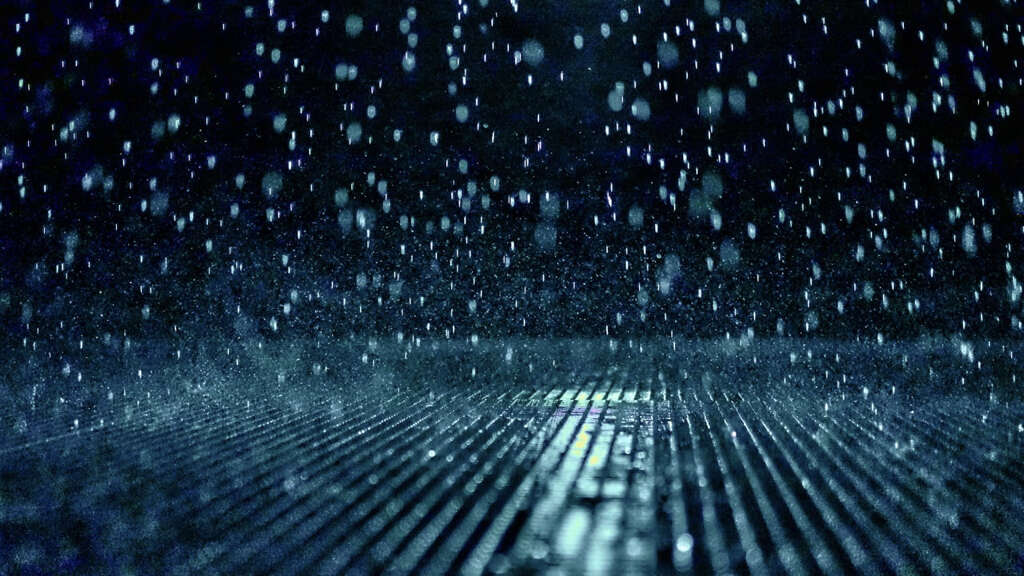
4. Snow
When conditions are right, the water from clouds will fall as snow instead. Individual snowflakes are created when molecules of water freeze in the atmosphere and they gradually grow larger as more water molecules join them. The crystallization causes different patterns and the pattern on every flake is unique. These ice crystals will eventually become heavy enough to be pulled to the ground by gravity.
Their shape and density, however, means that they float down more slowly than rain does. When conditions are right, the snowflakes will begin to accumulate on the ground and this can cause havoc in some places that are not prepared for it.

5. Hail
Hail is also water that has been frozen. Only this time it freezes into solid balls of ice rather than lighter, fluffier snowflakes. Hail is usually formed by powerful thunderstorms and it is thought that hailstones grow by being taken up into the clouds by an updraft and then accumulating more water as they descend again.
If you do suspect hail is on its way then it is a very good idea to get indoors as soon as you can. Hailstones are denser and harder the snow and will fall rather quickly. Hard lumps of falling ice can be painful and they can even be dangerous when large enough.
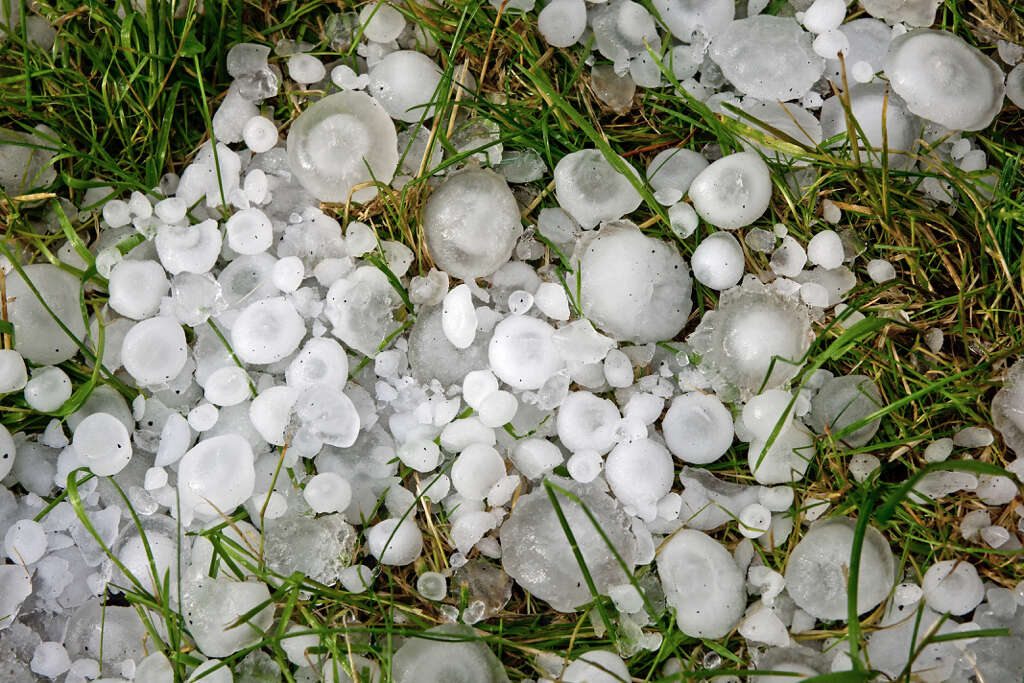
6. Sleet
Sleet, as the term is used in the United States, is ice pellets that fall from the sky. These are smaller and less damaging than hail but are also formed by thunderstorms. They are formed when snowflakes melt as they pass through a warm layer and then refreeze again when they pass through a freezing layer. In some other parts of the world, sleet is the term given to a mixture of rain and snow that falls together.
This form of precipitation is very cold and also does not settle, with any flakes of snow melting the moment they touch down on the wet ground.

7. Virga
You might sometimes have looked at a distant cloud and noticed that rain appears to be falling from the ground in a shaft but not reaching the ground. This is a phenomenon known as virga and it can result in some quite stunning visuals. Virgae (the plural for virga) occur when rain begins to fall but evaporates again before it reaches land.
This phenomenon is commonly experienced in the Western United States, Australasia, North Africa, and the Middle East. When the rain does reach the ground before evaporating, it is known as a precipitation shaft. Virgae can also be a cause behind other weather phenomena.
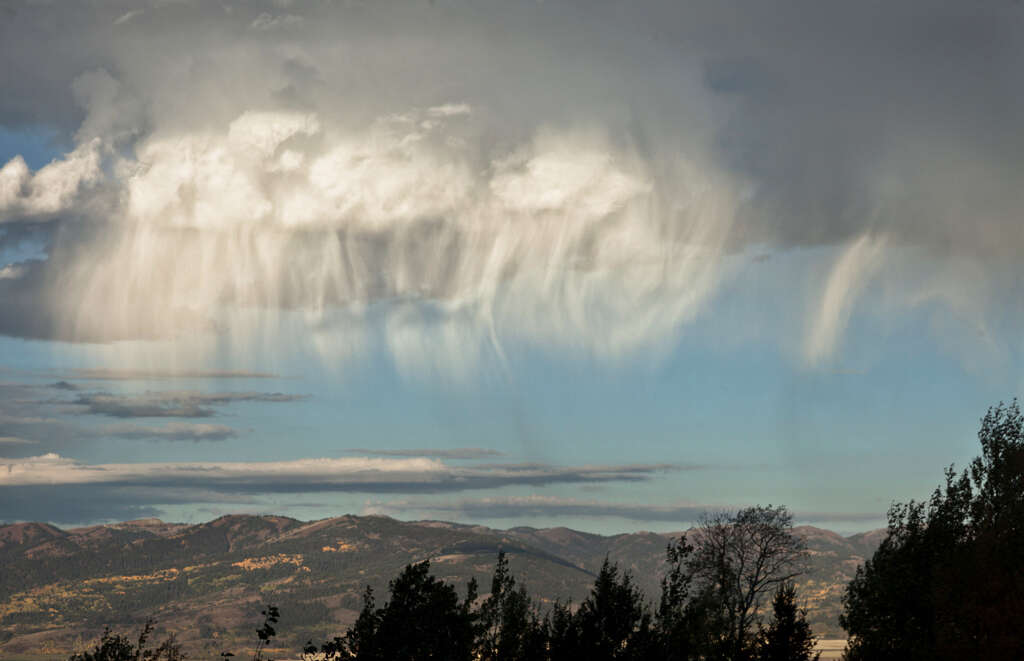
8. Fog
Fog is caused when ice crystals form in the air at ground level. This basically makes it a type of very low-flying cloud. It is fairly common in some parts of Europe in particular and has the ability to significantly reduce visibility. When there is a heavy fog, driving and flying can become considerably more dangerous than otherwise. In some parts of the world, fog is also an important part of the water cycle.
In California, for example, California Redwoods get around 30-40% of their water from fog. There are different types of fog that form according to the conditions at the time.

9. Heavy
Clouds generally appear to be light and fluffy when we look up at them from below. It might be easy to think that they are light but the reality is that they will be very heavy overall. Depending on the type of cloud that has formed, there will be around 5 grams of water for every cubic meter of cloud. This may not sound a lot, but that can amount to a lot of water when the total size of the cloud is taken into consideration.
It has been calculated that an average cloud will contain 500,000 kg of water. With that in mind, its a good job it falls drop by drop and not all in one go.

10. Other Planets
Other planets tend to have rather similar “water” cycles to our own, with some key differences. Rain will evaporate, condense, and then return to the planet under the force of gravity. Unlike on Earth, however, the “water” is often not H2O like it is on our planet, but different chemicals altogether. On Saturn and Jupiter, for example, the planets have clouds of ammonia.
In Venus, it is sulfur-dioxide that make the planets clouds. Sulfuric acid falls as rain on Venus but it doesn’t reach the surface. On Titan, Saturns largest moon, it is thought that there are whole lakes of liquid methane and ethane.
